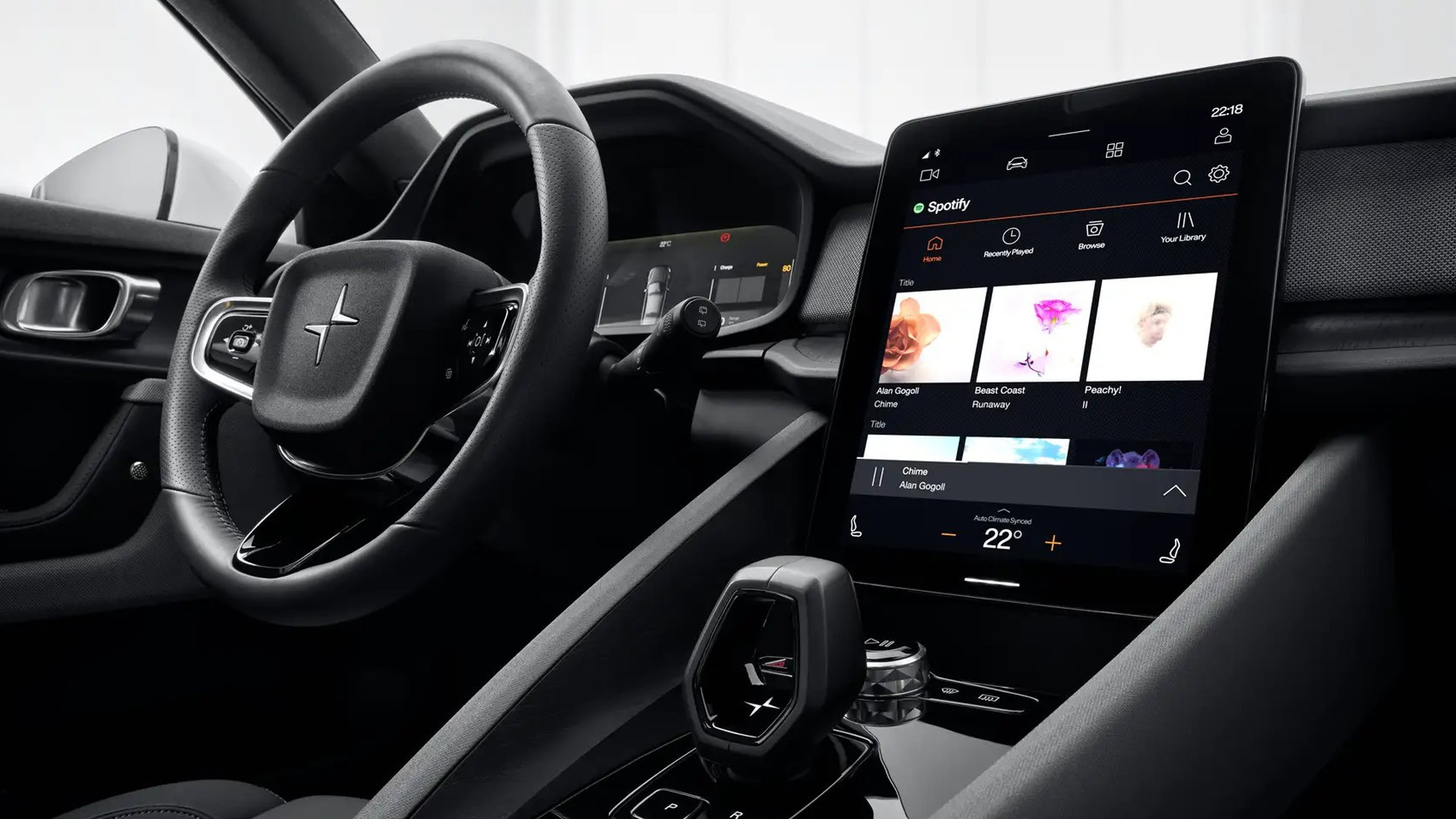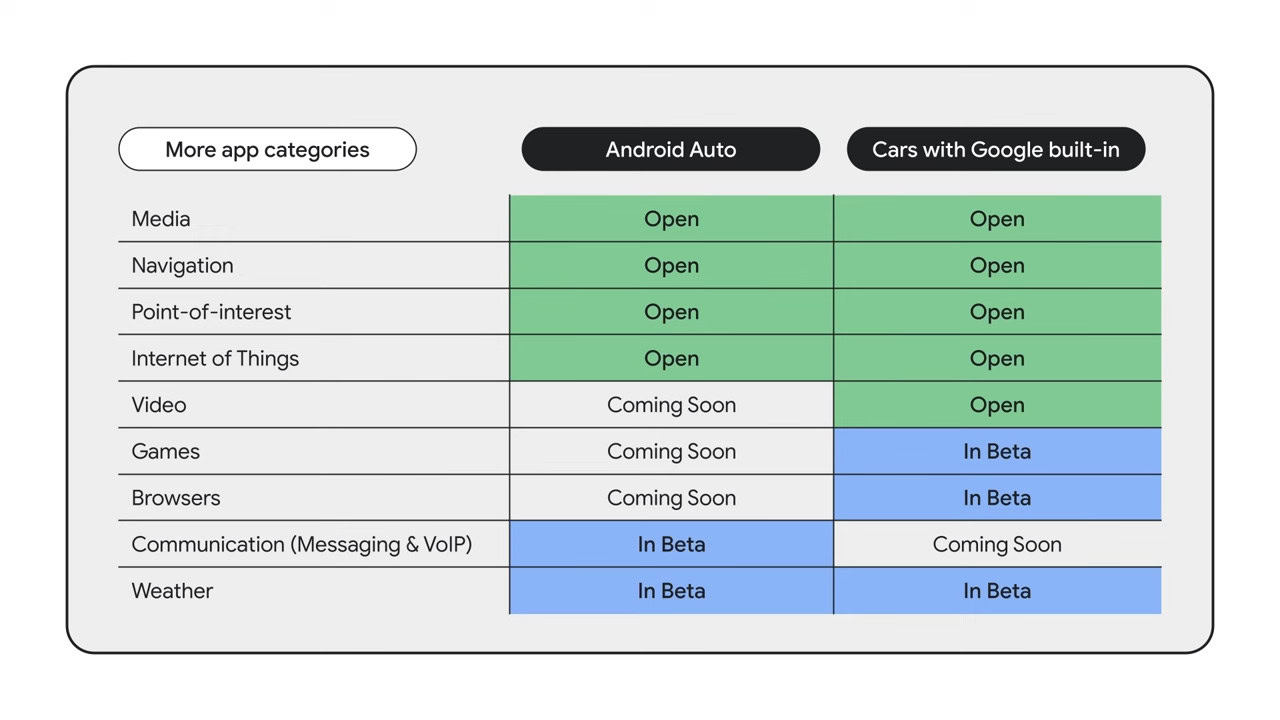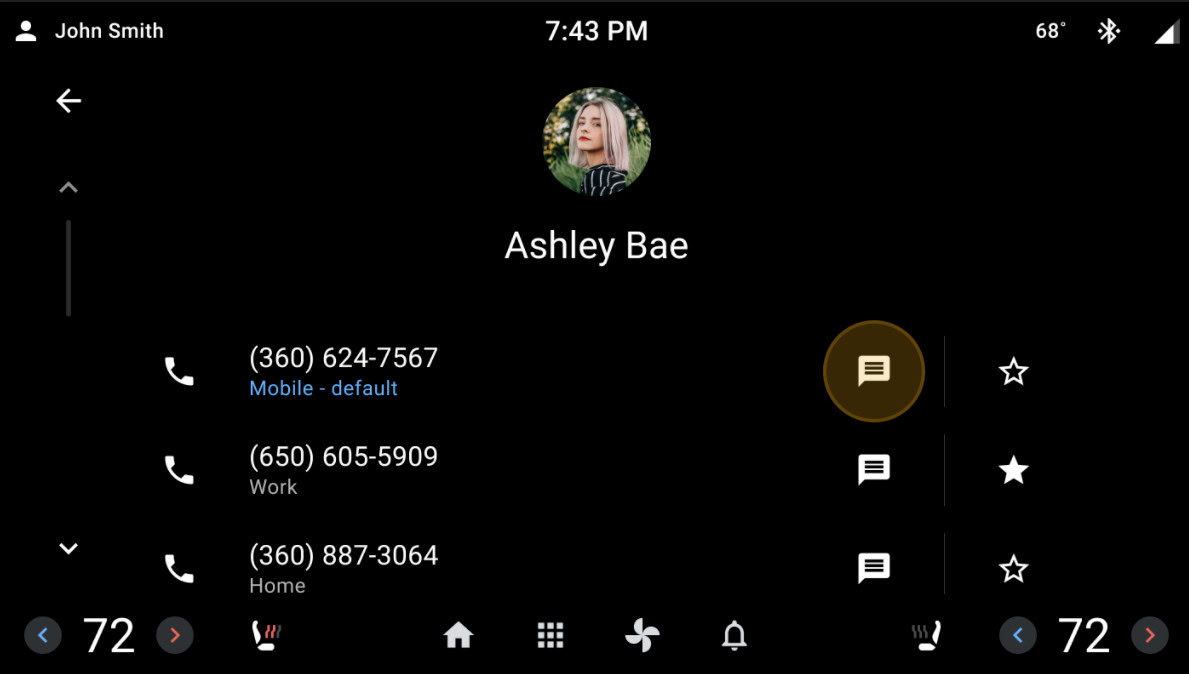


TL;DR
Millions of people use Android in their cars every day, whether it’s via their phone projecting to their car’s head unit (Android Auto) or their headunit’s built-in operating system (Android Automotive OS). Because it’s so important for drivers to keep their eyes on the road, Google strictly limits what apps can do and how they behave when running on Android Auto or Automotive. Furthermore, Google only allows certain categories of apps to be distributed to Auto and Automotive users via Google Play. Google has slowly opened up Android Automotive to more types of apps, and soon, messaging and VoIP apps will be allowed on the platform.
Support for messaging apps would allow users to read or reply to important messages from their personal or business contacts while driving. For safety while driving, the voice assistant could utilize text-to-speech to read out any incoming messages, keeping drivers focused on driving. Similarly, the messaging app could use voice input to send replies while the user is driving. When the car is parked, though, full keyboard input could be allowed.
Support for VoIP apps would take the form of audio-only calls while driving. Since most cars don’t have a camera facing inwards, video calls wouldn’t be possible even while parked, but enabling support for audio-only VoIP calls would still allow people to take important personal or work calls while driving. Well-designed VoIP apps might even let drivers start or take a call using their voice.
There’s a lot of clear benefits to enabling support for messaging and VoIP apps in Android Automotive, and the demand for it is definitely there: You can find plenty of threads online from users asking when WhatsApp or Zoom will be added to the platform. Fortunately, these users may not have to wait that long, as Google announced back at I/O this year that a new “Communications” category of apps is “coming soon” to cars with Google built-in.

Mishaal Rahman / Android Authority
This “Communications” category will consist of messaging and VoIP apps that can be used while driving or parked. VoIP apps will be new to both Android Auto and Automotive, though it’s worth noting that messaging apps are already available for Android Auto. On Android Auto, messaging apps are only allowed to read messages aloud using text-to-speech or send voice replies. They’re not full-fledged apps by any means, but rather mini services that simply handle reading, replying, and marking messages as read. It’s possible that messaging apps for Android Automotive will be similarly limited in scope, though Google’s documentation notes that messaging apps on Android Auto will soon be allowed to show message history, so some additional functionality may be in the works.

Sample car messenger app for Android Automotive. Source: Google.
Google hasn’t published documentation yet on how VoIP apps will work on Android Auto or Automotive, but it’s possible they’ll be heavily constrained in terms of their UIs. This is because most apps for both platforms are rendered by the system using templates. Doing this ensures that apps within each category look simple and consistent with one another, making it easier for the driver to interact with them. It also improves stability as it limits the possibility of apps doing something that could crash the entire UI, which could be dangerous while the car is being driven.
Since there’s no universal app rendering framework on Android Automotive devices, though, it remains to be seen how developers will handle their messaging or VoIP app being shown on different vehicles. Android Automotive, if you aren’t aware, is an open-source operating system much like Android for phones, meaning car makers are free to use it as the base for their own in-vehicle infotainment operating system. Many do just that, customizing the OS as they see fit for their brand and customers, which can pose a challenge to app developers seeking a consistent experience. Meanwhile, cars that ship with Google’s bundle of Android Automotive apps, including the company’s car apps library, are referred to as “cars with Google built-in.” Cars with Google built-in can be expected to render apps in a consistent manner as outlined by Google’s documentation. Hopefully industry solutions like Aptoide’s catch on to provide a consistent app framework for cars running Android Automotive so that more developers will be encouraged to develop for the OS.